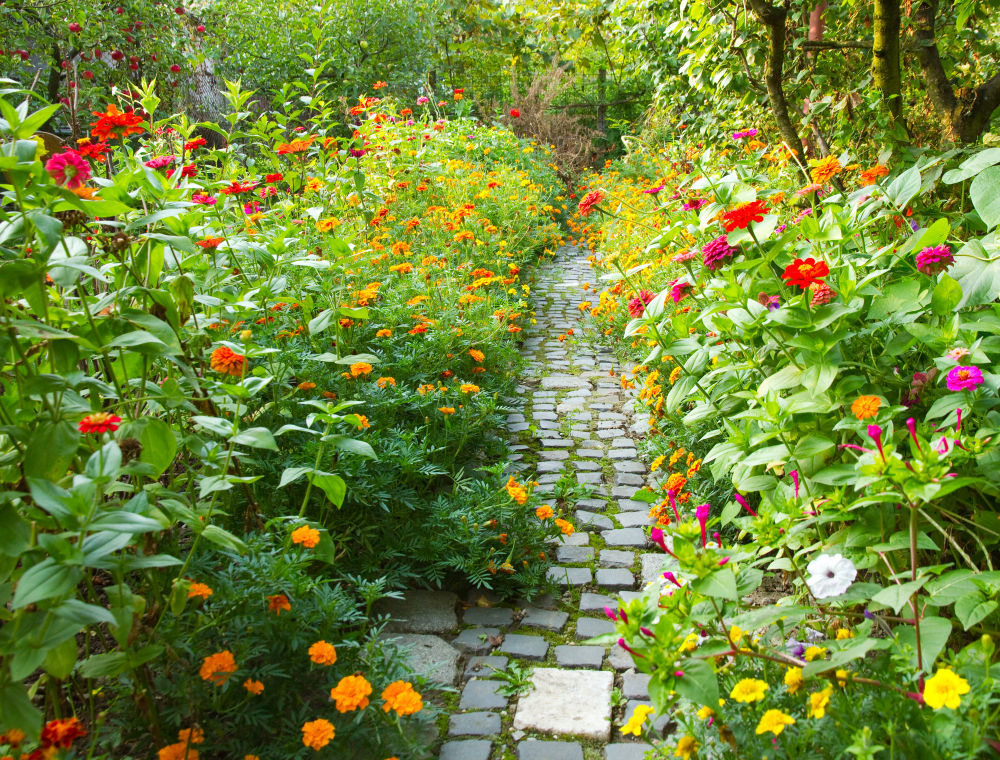Introduction
Nature is full of surprises, and among its most fascinating paradoxes are the beautiful yet deadly plants that adorn our gardens and landscapes. These innocent-looking flowers and foliage may appear harmless, but they conceal a dark secret: they are toxic plants capable of causing severe harm or even death to humans and animals. In this article, we will explore some of the most dangerous toxic plants, their hidden dangers, and how to protect yourself and your loved ones from their lethal effects.
1. Belladonna (Atropa belladonna)
Commonly known as deadly nightshade, belladonna is one of the most toxic plants found in the Western Hemisphere. All parts of the plant contain tropane alkaloids, which can cause symptoms such as dilated pupils, blurred vision, hallucinations, and even death in severe cases. Despite its deadly nature, belladonna has been used historically for medicinal purposes, including as a pain reliever and muscle relaxant.
2. Oleander (Nerium oleander)
Oleander is a popular ornamental shrub with beautiful flowers that range from white to pink and red. However, every part of this plant is highly toxic, containing compounds called cardiac glycosides. Ingestion of oleander can lead to nausea, vomiting, irregular heartbeat, and even death. It is essential to keep children and pets away from this plant and to wear gloves when handling it.
3. Lily of the Valley (Convallaria majalis)
This delicate, sweet-smelling flower may seem innocent, but it is highly poisonous. All parts of the plant, including the flowers, leaves, and berries, contain toxic compounds called cardiac glycosides. Ingestion can cause symptoms such as dizziness, vomiting, and a slowed heart rate. In severe cases, it can lead to heart failure and death.
4. Foxglove (Digitalis purpurea)
Foxglove is a striking plant with tall spikes of tubular flowers that range from purple to white. However, it is also highly toxic, containing compounds called cardiac glycosides. Ingestion of any part of the plant can cause symptoms such as nausea, vomiting, irregular heartbeat, and even death. Foxglove has been used historically to treat heart conditions, but it must be administered carefully and under medical supervision.
5. Castor Bean (Ricinus communis)
The castor bean plant is known for its large, glossy leaves and spiky seed pods. While the seeds are used to produce castor oil, they also contain a highly toxic compound called ricin. Ingestion of just a few seeds can be fatal, causing symptoms such as abdominal pain, vomiting, and seizures. It is crucial to keep castor bean plants away from children and pets and to handle the seeds with care.
Conclusion
While these toxic plants may be beautiful and intriguing, it is essential to be aware of the hidden dangers they pose. By educating ourselves about these lethal plants and taking precautions to avoid contact or ingestion, we can appreciate their beauty while keeping ourselves and our loved ones safe. Always remember to exercise caution when handling or planting potentially toxic plants, and if you suspect poisoning, seek immediate medical attention.




